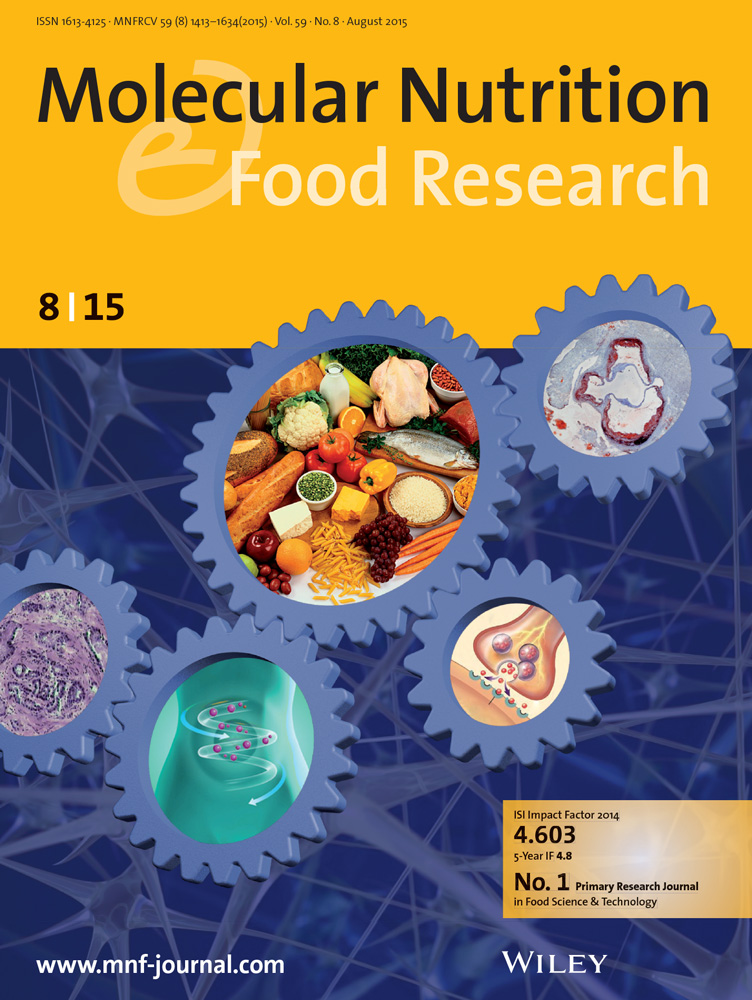Alcohol Consumption Amount, Drinking Pattern, and the Trajectory of Multimorbidity: A Prospective Cohort Study
IF 4.2
2区 农林科学
Q1 FOOD SCIENCE & TECHNOLOGY
引用次数: 0
Abstract
饮酒量、饮酒模式和多重发病轨迹:一项前瞻性队列研究
本研究旨在探讨饮酒量和饮酒方式对从健康到首发非传染性疾病(FNCD),随后到多病,最终到死亡的影响。我们在英国生物银行队列(N = 284 744)中进行了这项分析。多病被定义为至少两种非传染性疾病的共存,包括癌症、慢性呼吸系统疾病、心血管疾病和2型糖尿病。使用多状态模型来估计酒精消费对多重发病的整个轨迹的影响。指南有害饮酒者比不饮酒者显示,从基线到非传染性疾病,再到多重疾病的五种转变的风险均增加,风险比(95% CI)为1.16(1.09,1.23)和1.10(1.00,1.22),从基线、非传染性疾病和多重疾病到死亡的风险比为1.40(1.22,1.61)、1.37(1.23,1.54)和1.41(1.19,1.67)。在烈酒和啤酒消费中也发现了类似的关联,但在红酒消费中则没有。就饮酒模式而言,除了多种疾病导致的死亡外,不吃食物的饮酒与四种转变的风险较高相关。我们的研究结果表明,饮酒量和饮酒方式对多病发展的几乎所有阶段都有重要影响。
本文章由计算机程序翻译,如有差异,请以英文原文为准。
求助全文
约1分钟内获得全文
求助全文
来源期刊

Molecular Nutrition & Food Research
工程技术-食品科技
CiteScore
8.70
自引率
1.90%
发文量
250
审稿时长
1.7 months
期刊介绍:
Molecular Nutrition & Food Research is a primary research journal devoted to health, safety and all aspects of molecular nutrition such as nutritional biochemistry, nutrigenomics and metabolomics aiming to link the information arising from related disciplines:
Bioactivity: Nutritional and medical effects of food constituents including bioavailability and kinetics.
Immunology: Understanding the interactions of food and the immune system.
Microbiology: Food spoilage, food pathogens, chemical and physical approaches of fermented foods and novel microbial processes.
Chemistry: Isolation and analysis of bioactive food ingredients while considering environmental aspects.
 求助内容:
求助内容: 应助结果提醒方式:
应助结果提醒方式:


